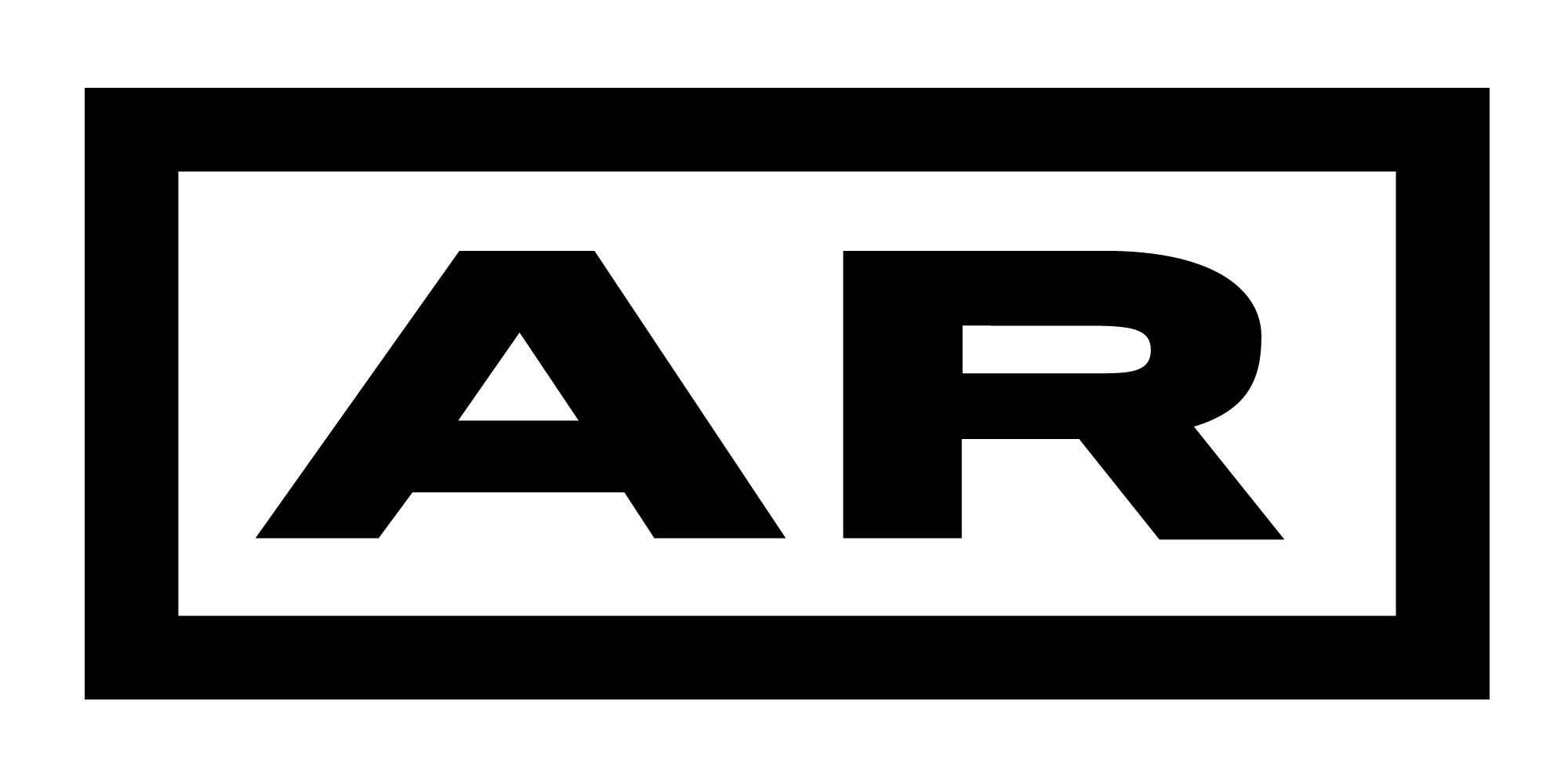 Architecture, Research
Architecture, Research
“But the imagination is as vast as the universe multiplied by all the thinking beings who inhabit it. It is the first come Among all things, interpreted by the first to come; and, if this last has not the soul that sheds a magical and super-natural light on the natural obscurity of things, then the imagination is a horribly useless thing; it is the first come contaminated by the first to come. Here, therefore, there is no longer analogy, if not by chance; but on the contrary murkiness and contrast, a multicolored field through the absence of a regular culture.”
Correspondences shape our perception of experience. Correspondences are formed by causal interactions: they can be accidental, intersectional, conceived etc. Correspondences bridge distances as whispers, as shouts and echoes, as spontaneous reactions, as associations in time. Most regularly, one corresponds with one’s self. We write letters, we call, more so we send e-mails – we tweet. A contemporaneous action is valuated by its correspondence with analogous actions held within the interpretive frame of the past; a past action, event or artifact is valuated via its correspondence with the inevitable force—the politic—of becoming.
In her 1982 performance "Big Science" Laurie Anderson reveals to us that "You're walking, and you don't always realize it, but you're always falling; with each step, you fall forward slightly and then catch yourself from falling, over and over, you're falling, and then catching yourself from falling, and this is how you can be walking and falling at the same time". One imagines that a body is corresponding—resisting and accepting—to multiple phenomena: to gravity, to the solidity—and certainty—of the ground, to the inherent fear of falling, all the while moving forward towards some destination - known or unknown; yet our brain is often detached from the metered ordinariness of walking (and falling). Forward momentum is borne upon the dictums of manifold correspondences—conscious and unconscious...voluntarily and involuntarily—that result in the uncanny ability for a longitudinally defined human body to remain vertical while simultaneously "falling and walking".
Maurice Merleau-Ponty (as referenced by the late Marco Frascari) suggests a space of reciprocity ‘formed’ by bodily—live—correspondences: “Architecture is in the world of the visible. This means that the bodies of architecture surround our bodies and architecture and the human body are one in front of the other and between the two there is ‘not a frontier’ but a contact surface.” In this sense a “contact surface” has thickness...dimension; a contact surface is a liminal print formed via the reciprocity of associative interface: a malleable space cast from the resistive tensions of mutual presence, of duality. This contact print is a casting of correspondence. What one takes from the correspondence—how one interprets its form—is at the heart of AR Correspondences' theme.
It would seem all too obvious to reference the archives of correspondences between historically known subjects; Rilke and Balthus, Berger and Christie, Nabokov and Wilson, Duchamp and Breton, Baudelaire and Delacroix...the archives are filled. Outside the intercourse of human correspondences lies the less tangible interface between distances defined by time – culture-to-culture, art-to-art, architecture-to-architecture, science-to-science, and now, for better or for worse, the contemporary global matrix supporting the comingling of once identifiable cultural artifacts upends traditional associations and hierarchies. The correspondence between things—perhaps tacit, and often anarchic—are no less provocative, no less revealing. Given the aforementioned, how does one frame a critical discourse in order to explore and potentially extract—and name—the evidentiary form of the contact surface – the correspondence between? What does one learn from these correspondences and, finally, how does the artifice of one’s chosen language form the questions concerning one’s own correspondences with the world?
The editors of AR 2018 Correspondences are calling for papers that address the subject of correspondences within the permeable sphere of architecture, art and their allied fields.
professor Dr. Philip Ursprung, professor Robert McCarter, professor Dr. Alberto Pérez-Gómez, professor Dr. Agostino De Rosa, Judith Birdsong, professor Robert M. MacLeod and Claude Armstrong, architect & professor Donna Cohen
All submissions are in English and will be double-blind peer reviewed. Essay length: 5/6000 words, excluding bibliography/sources.
Deadline: 15 October 2018